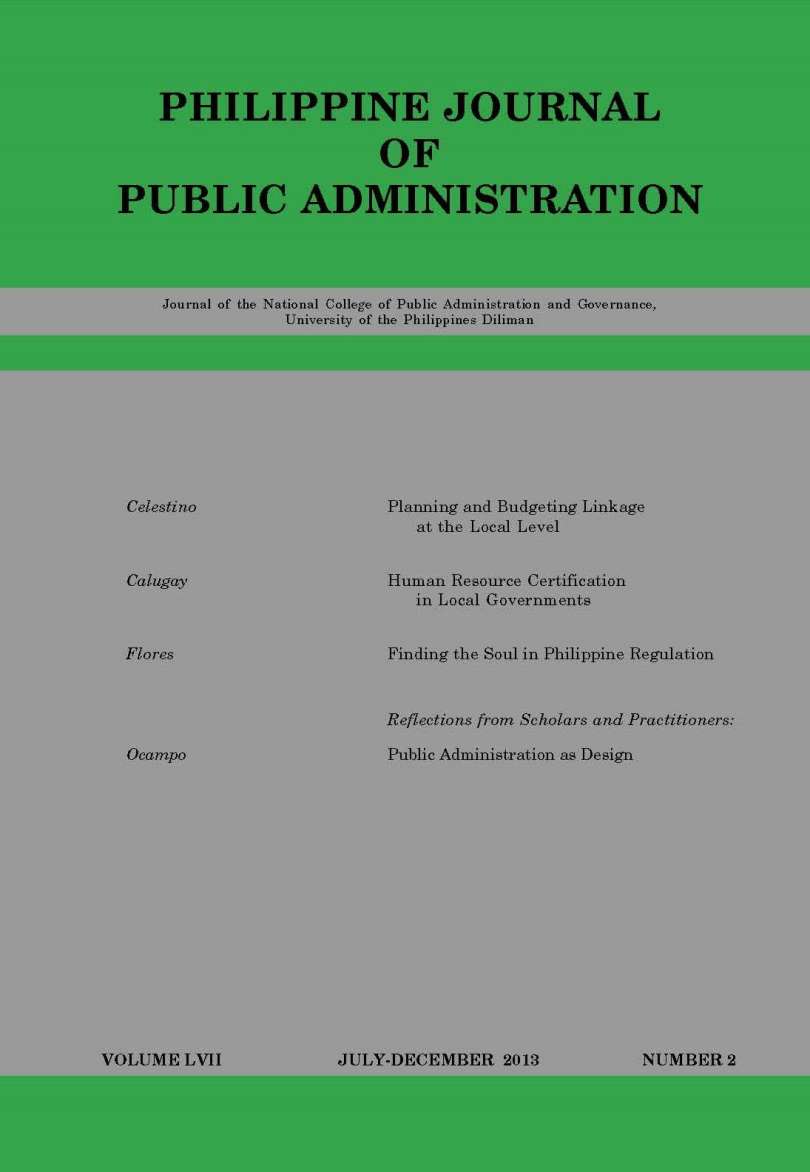Public Administration as Design
Abstract
Since the close of World War II, Public Administration students have been urged to move from the concept of the discipline as doing and deciding to that of designing, i.e. elaborating prescriptions in the manner suggested for policy vs. academic research. Design had long been a part of planning for the built environment (architecture, city planning, and urban design). Since the publication of Herbert A. Simon’s The Sciences of the Artificial, however, design has been taken up increasingly in the literature of public policy and administration. While still basically goal-oriented, this literature puts greater emphasis on the institutional context, on problem-definition and alternatives-generation, and on decision-making as a framework. Theoretical perspectives, concepts, strategies, and techniques have been developed for public policymaking, implementation, and organizational design. This article attempts to assess the progress of design ideas, glean fundamental points from the literature, and suggest how design may deal meaningfully with some PA issues in the Philippine context, with the hope that they will apply as well to larger contexts.
Published
2017-03-11
Issue
Section
Reflections from Scholars and Practitioners
Keywords
design, decision-making, policy design, social planning, heresthetics, bricolage


